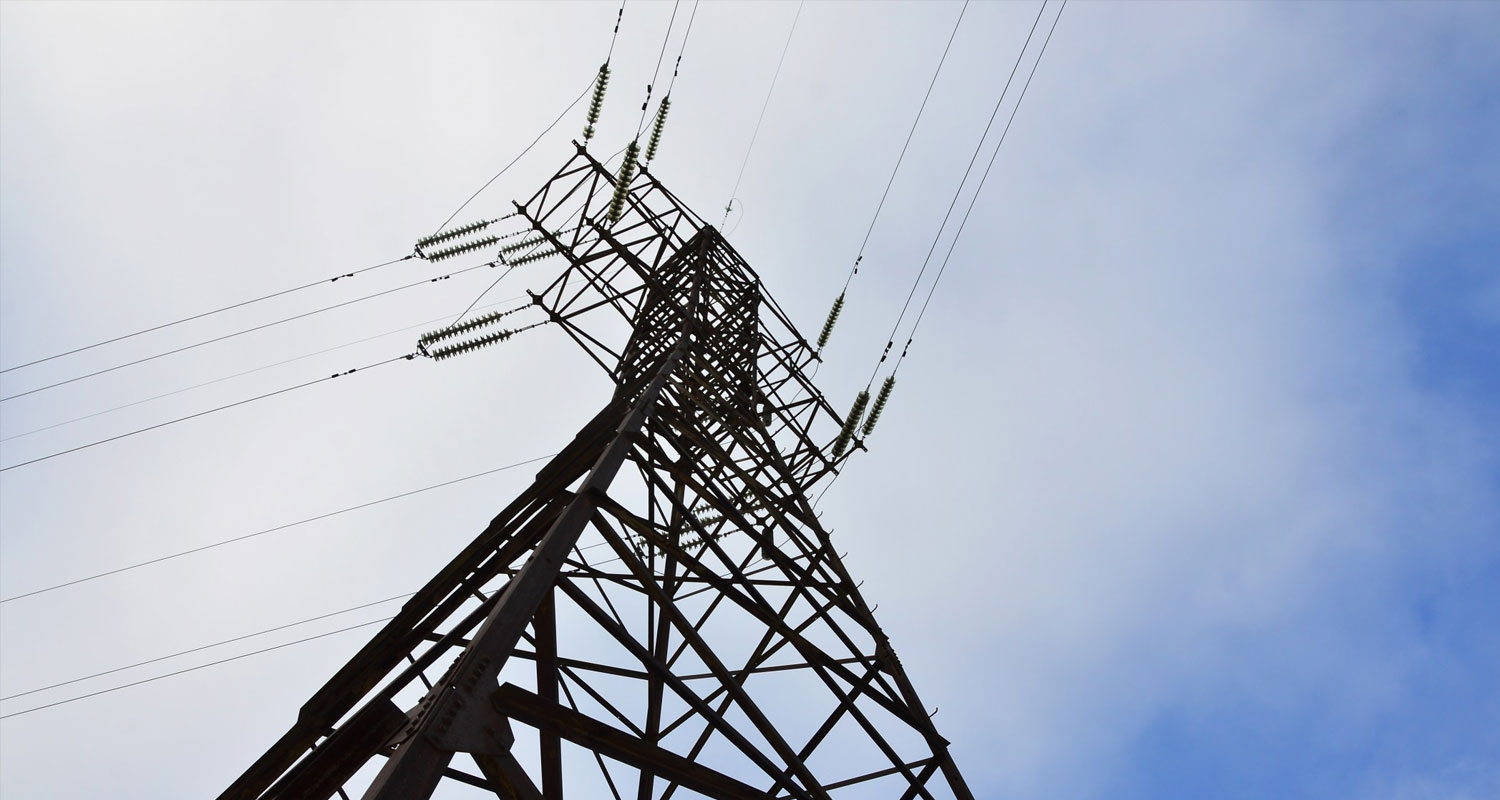 Virtual wheeling, a digital platform that is up and running as a pilot scheme between Eskom and Vodacom, could be one of the answers to South Africa’s ongoing energy crisis.
Virtual wheeling, a digital platform that is up and running as a pilot scheme between Eskom and Vodacom, could be one of the answers to South Africa’s ongoing energy crisis.
Jacques de Vos, CEO of Mezzanine, a Vodacom subsidiary, told TechCentral that Vodacom is experimenting with a “validating approach at a Midrand plant” and that the project is a “journey”, but said the ultimate aim is to get more “green electrons in the pool”.
“We need more buyers,” he said, “especially big commercial companies, which will involve the banks and boost the economy”.
One of the solutions to the energy crisis in South Africa has been the removal of the generation licensing threshold, which has accelerated the entry of independent power producers (IPPs). This also aligns with the ambition of the “Just Energy Transition” to lower greenhouse gas emissions and help to address decarbonisation targets, which could help offset trade-related carbon taxes.
Traditionally, IPP-generated electricity enters the Eskom national grid via two mechanisms: the government’s renewable IPP programme, and wheeling.
Wheeling is the movement of energy from a private generation source (IPP) to a load customer via the existing grid infrastructure. It is a financial transaction, where charges are raised for the use of the grid and where the wheeled energy (the energy delivered but not supplied by Eskom) is accounted for in the form of a credit (from Eskom) to the buyer.
Wheeling was introduced by Eskom in 2008 and has traditionally been between larger generators and heavy electricity users connected at voltages higher than 1kV.
Administratively complex
It is not easily scalable as it requires contractual amendments to existing and legacy agreements and – where offtaking (buying) occurs within municipalities – for the municipalities to be in good standing.
It is also administratively complex for Eskom to manage and, as a result, third-party wheeling has largely been restricted to only large Eskom-connected buyers. It does not cater for low- and medium-voltage industry stakeholders, which make up the bulk of enterprises in South Africa.
To accommodate this demand, a concept called “virtual wheeling” is being developed to connect buyers with multiple offtake sites –including those obtaining energy from any of the 165 municipalities licensed to sell electricity – to renewable energy generators via the Eskom or municipal grids.
Read: Surge in rooftop solar is hurting Eskom
A virtual wheeling platform digital tool can be used to collect, aggregate, process and report smart meter data to Eskom for energy generation and consumption. This is necessary for Eskom to understand what a buyer has consumed in total against what the buyer has committed to purchase from IPPs. Eskom uses the aggregate data to calculate a wheeled energy refund (not a credit, as with traditional wheeling) to the buyer.
 The refund is for the energy supplied to the Eskom grid by the IPPs that are funded by the private sector. It is processed at the end of a calendar month and is paid to the buyer at Eskom-determined rates (which exceeds what the buyer pays the IPP for energy per unit).
The refund is for the energy supplied to the Eskom grid by the IPPs that are funded by the private sector. It is processed at the end of a calendar month and is paid to the buyer at Eskom-determined rates (which exceeds what the buyer pays the IPP for energy per unit).
To participate in virtual wheeling, the buyer needs to enter into a virtual wheeling agreement with Eskom and a back-to-back virtual wheeling platform agreement with a vendor appointed by the buyer certified by Eskom to operate with Eskom systems.
The benefit to Eskom, its shareholders and all energy users is the ability to leverage private-sector balance sheets to fund the generation of “green” energy, which it is hoped at scale will alleviate load shedding and “raise the tide” for all citizens and businesses.
In August, Vodacom signed its first such agreement with Eskom, although this arrangement is not unique to the mobile operator.
Read: Eskom rolling out virtual wheeling – here’s how it works
Because it is a commercial company, Vodacom is more agile than Eskom, and the pilot system has now become operational as a digital system from Vodacom IPPs to areas where power is required.
The technical side of the platform is ready – all that remains now is for Eskom to approve certain contractual agreements for it to be rolled out on a wider scale to South Africa’s grid.
The estimated roll-out is at the end of 2024, but stakeholders are hoping that it might happen sooner. – © 2023 NewsCentral Media




